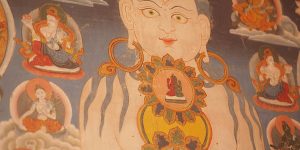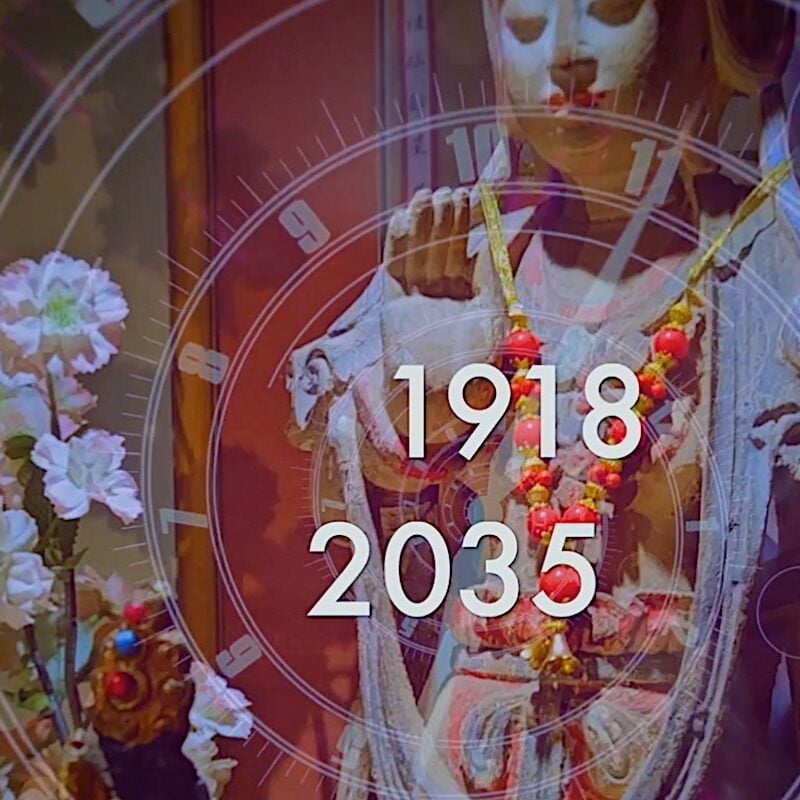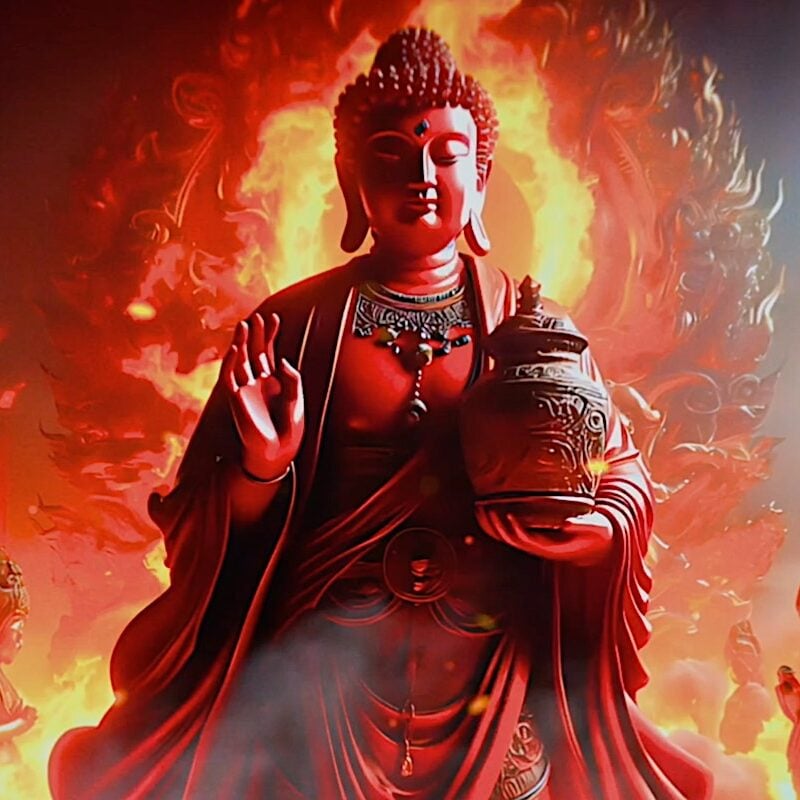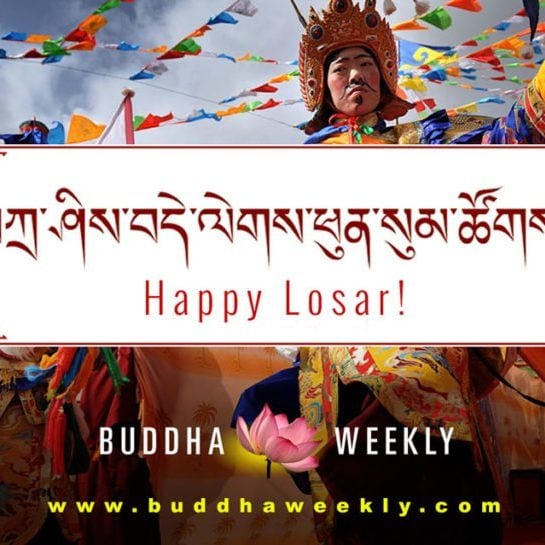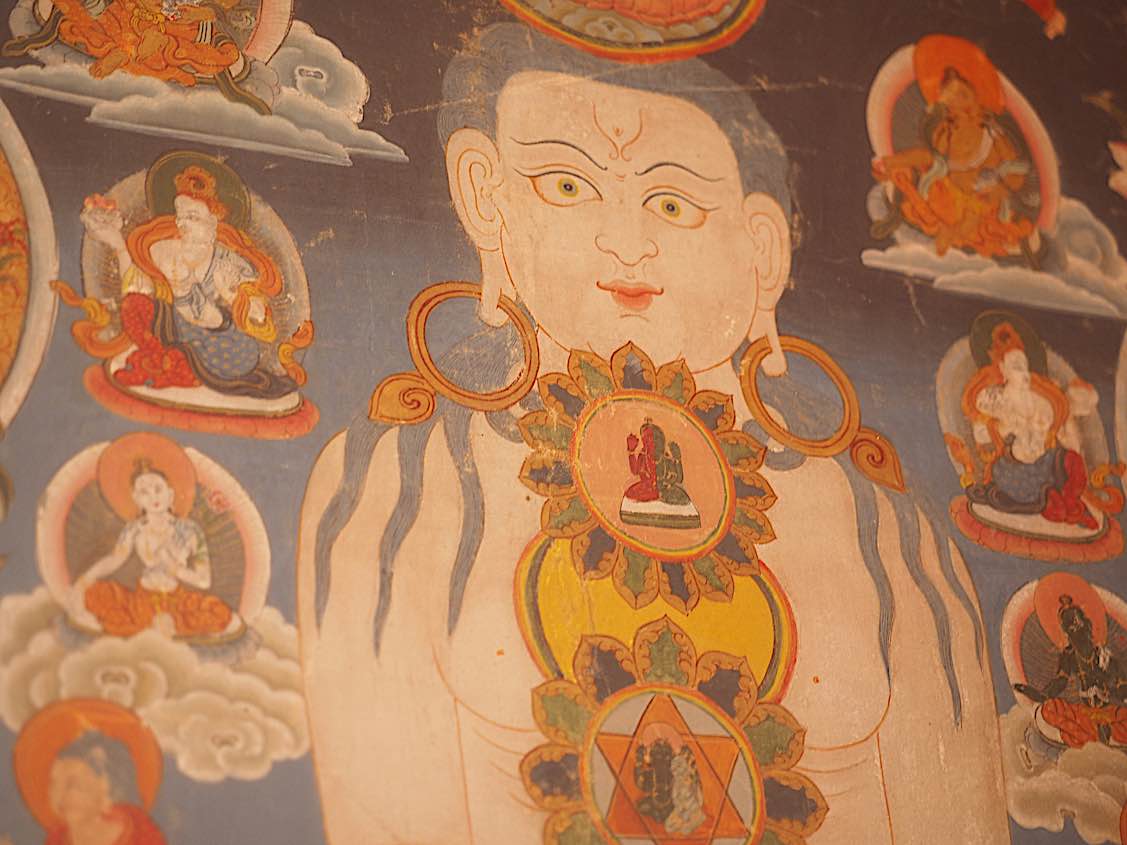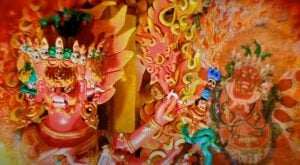Happy Losar: How to Bring in the Auspiciousness and Celebrate the Traditions and Fun of Tibetan New Year of the Rooster. Tashi Delek!
- HAPPY LOSAR! For a new feature on 2019 Losar, Year of the Earth Sow, see>>
- HAPPY LOSAR! For another feature on 2018 Losar, Year of the Earth Dog, please see>>
[This feature referred to 2017, year of the Fire Bird. For a more up to date story, see above link.] Losar, the Lunar Tibetan New Year, is a day of festivities, celebrated around the world by Tibetans, Tibetan Buddhists and their friends and families. It represents new beginnings, fresh start, and an opportunity to bring in auspiciousness for the new year.
This year is the Year of the Fire Bird (Fire Rooster or Fire Chicken). Celebrations begin February 27, 2017, and can continue for fifteen days as people visit temples, gompas, families and friends. The day varies each year with lunar cycles: in 2018 it will be celebrated on January 25, in 2019 on February 5. Here are some helpful tips to help you bring in good fortune and happiness in 2017.

Before the New Year
Today, the day this is posted, is the last day of the old year. Traditionally, celebrants will prepare for Sonar Losar by cleaning their houses (sweeping away the misfortunes of the previous year.) Buddhist monasteries and gompas will perform rituals on this last day, the famous mask dances, which symbolically drive away the negative forces of the old year. Traditionally, a person should not clean their house for the first few days of Losar to symbolically preserve the luck. Serious Buddhists might spend the last five or more days on purification practices such as Vajrasattva and Vajrakilaya. There will often be protector pujas, for example to Palden Lhamo, the great protectress of Tibet and the Dalai Lama. [More about Palden Lhamo here>>]
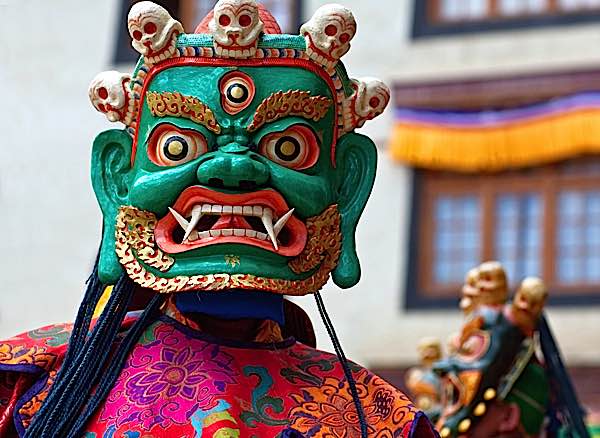
New Years Celebrations — Bringing in the Luck of the Fire Bird
If you are fortunate enough to be in an area with a Tibetan temple or Gompa, there are likely colourful and beautiful celebrations planned. To help bring in the luck of 2017, consider attending and supporting the temple with a significant donation for merit (good karma). These events might include rituals, but are also as likely to include festive performances. It’s worth a trip to your local centre to join in on these auspicious events.
Video from Tibetan Heart Beat for Losar 2017, Best of Amdo Losar Celebrations:
Losar at Home
Traditionally, you decorate your doors and windows to bring home the auspiciousness of the year. Often these decorations are purpose-made with good luck, good fortune, happiness and long life messages. Consider having a festive dinner. The “first meal of the day” should go to the Buddhas, Bodhisattvas and deities. Before eating breakfast, typically you should make your offerings on your home shrine.
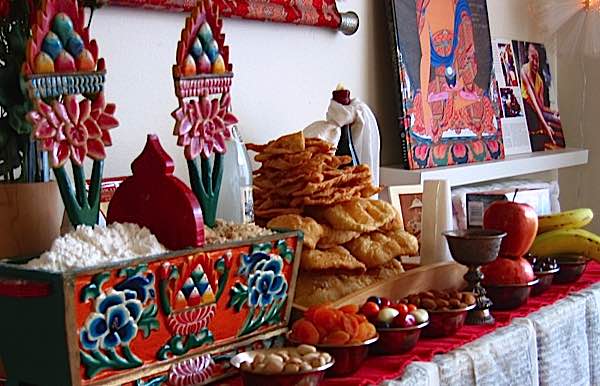
The First Three Days
The first three days of Losar are the most important. The first day is usually for immediately family, the second day for visiting friends and relatives, the third day is for prayers and giving (donating to monks, nuns or temples.)
Not only do you get to party, you are encouraging the good fortune and merit for 2017! One important tradition includes hanging new prayer flags, Wind Horse flags, which carry the good wishes to all corners of the earth on the winds.

Early in the morning, at home we might give our offerings on our personal shrines. When first greeting people, the most common greeting is “Tashi Delek” which basically wishes them good fortune and happiness. The first day of Losar is usually for immediate family. If you are fortunate to be near a temple or Gompa, join the festivities if there are any this day (it may be scheduled for the weekends or other days).
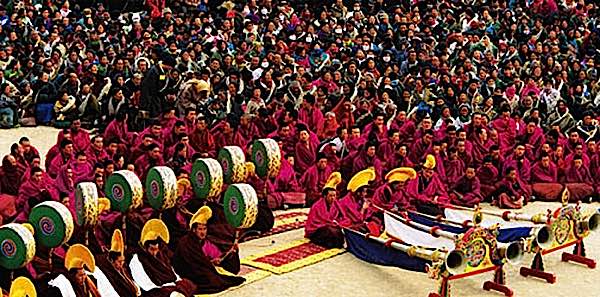
The second day of Losar is gyal-po losar (King’s Losar) and tends to be more secular in nature. Throughout these first few days, people might visit friends and families, wishing them well, and enjoying food and feasts. Of course, it’s a time for dancing, partying and entertainments. Displaying the eight auspicious signs of the Buddha is a good way to bring auspiciousness home (either printed out from your laser printer and hung up, or more elaborate displays).
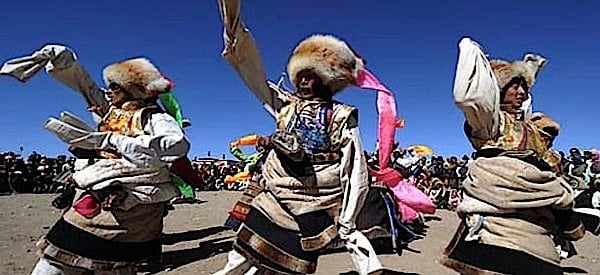
For traditional Tibetans, the third day is the day for visiting monasteries and gompas and making prayers. This is the time to show generosity, to create merit in the year by donating food, clothing and money to the Lamas, Gurus, monks, and nuns. The third day will be heavy with incense smoke, especially Juniper leaves.
Tashi Delek from your friends at Buddha Weekly!
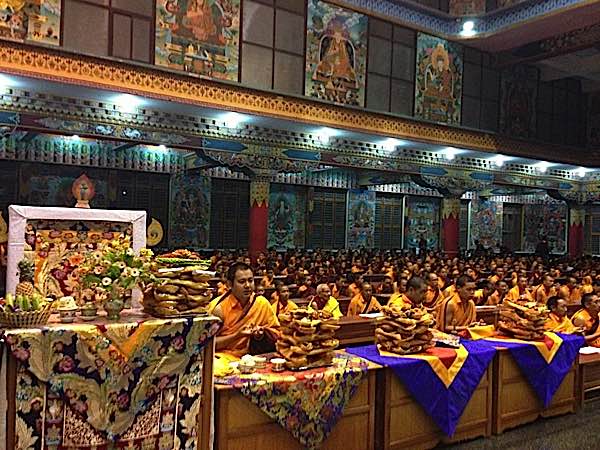
More articles by this author
Search
Latest Features
Please support the "Spread the Dharma" mission as one of our heroic Dharma Supporting Members, or with a one-time donation.
Please Help Support the “Spread the Dharma” Mission!
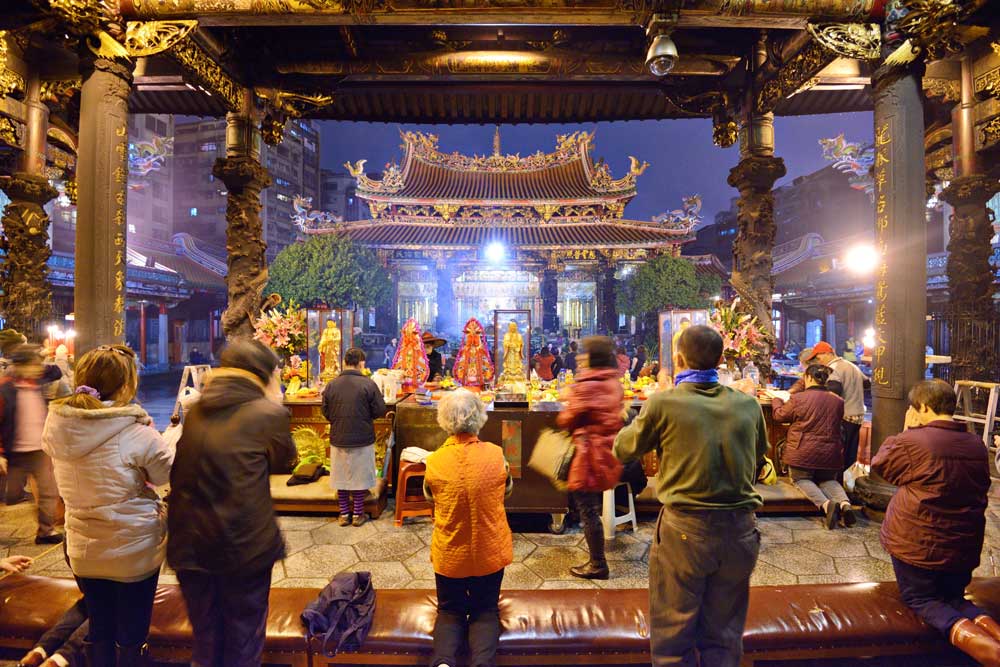
Be a part of the noble mission as a supporting member or a patron, or a volunteer contributor of content.
The power of Dharma to help sentient beings, in part, lies in ensuring access to Buddha’s precious Dharma — the mission of Buddha Weekly. We can’t do it without you!
A non-profit association since 2007, Buddha Weekly published many feature articles, videos, and, podcasts. Please consider supporting the mission to preserve and “Spread the Dharma." Your support as either a patron or a supporting member helps defray the high costs of producing quality Dharma content. Thank you! Learn more here, or become one of our super karma heroes on Patreon.
Lee Kane
Author | Buddha Weekly
Lee Kane is the editor of Buddha Weekly, since 2007. His main focuses as a writer are mindfulness techniques, meditation, Dharma and Sutra commentaries, Buddhist practices, international perspectives and traditions, Vajrayana, Mahayana, Zen. He also covers various events.
Lee also contributes as a writer to various other online magazines and blogs.






